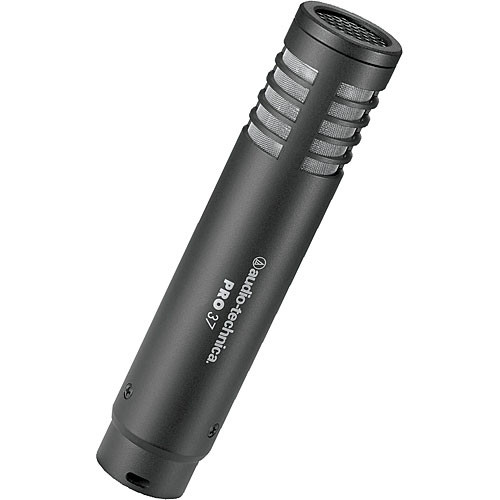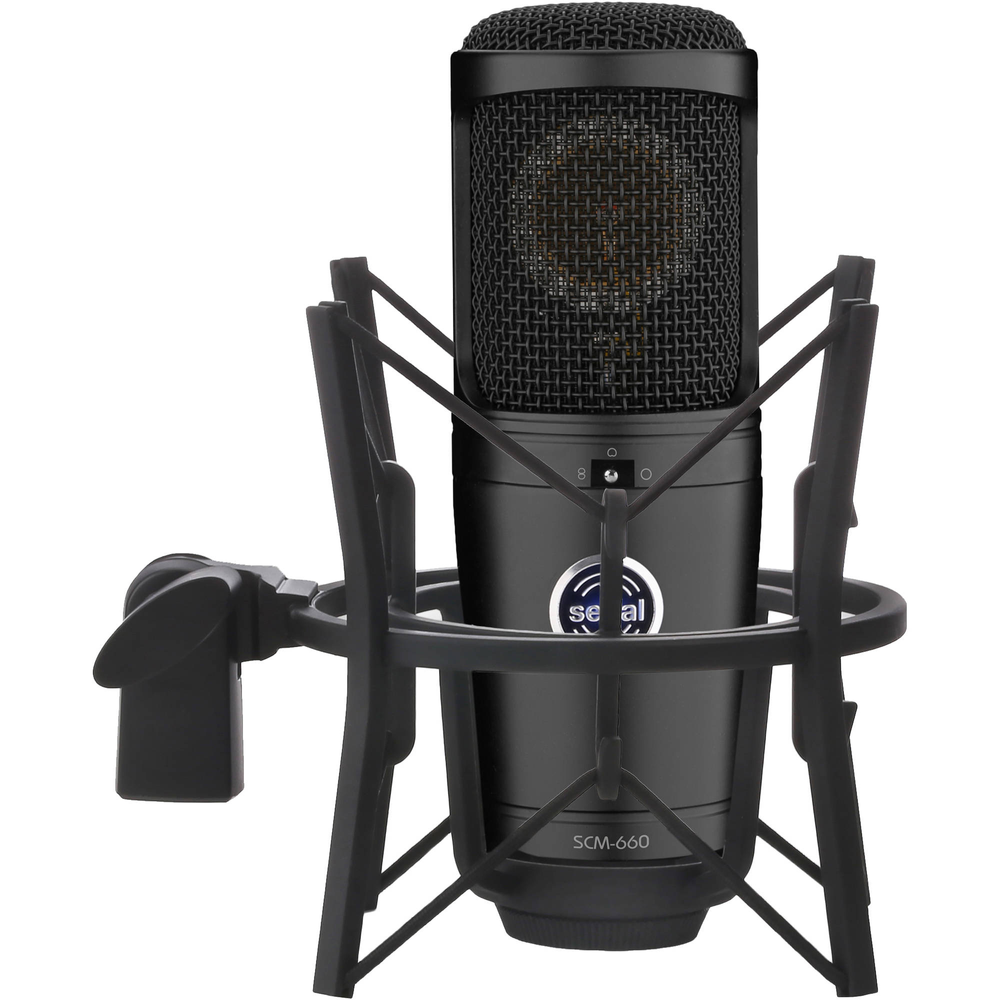“A microphone diaphragm is a thin membrane that moves in reaction to external sound pressure variation. A microphone diaphragm is a key transducer component in converting acoustic energy into electrical energy. The three main diaphragm types are the moving-coil, ribbon, and condenser.”
In the diaphragm, a thin material vibrates when it encounters sound which converts sonic energy into electric energy. The mass of the microphones diagram affects the microphone’s sound pressure level handling, sensitivity, dynamic range and internal noise level. A microphone’s diaphragm only has two sides due to how thin it is. The movement of the diaphragm is predicated on the difference in sound pressure between its two sides.
The microphone diaphragm is part of a bigger unit within microphones called the capsule, which is the transducer element. Characteristic such as, frequency response, sensitivity, and polar pattern of a microphones sound is determined by the arrangement of the capsule and diaphragm.

Small Diaphragms
Pencil mics with their thin cylindrical shapes, are mics with small diaphragms. They are lighter and easier to position and are stiffer and able to handle higher sound pressure levels. They also have a wider dynamic range. They have increased internal noise and low sensitivity. A smaller diaphragm usually means lower mass. This translates to increased transient response accuracy and extended high-frequency response. The capsule is also smaller, allowing for a more consistent polar response.
Medium Diaphragms
Medium Diaphragm mics, or hybrid mics, combine the characteristics of small and large diaphragms. They have a slightly fuller and warmer sound like large diaphragms while retaining some of the high frequency content that small diaphragms could.

Large Diaphragms
With larger diaphragms, more air vibrations can be sensed. The more vibrations that are captured, the more sonic details are produced. Large diaphragms move easily, allowing them to detect the faintest differences in sound pressure levels. This produces a more transparent and natural sound. These are best for recording studios. Ex. Condenser mic. It is also possible to create multi-pattern microphones by designing a capsule with multiple diaphragms.
To recap, according to mynewmicrophone.com:
SDCs are less sensitive than LDCs
SDCs have worse signal-to-noise ratios than LDCs
SDCs have stronger high-frequency responses than LDCs
SDCs have weaker low-frequency responses than LDCs
SDCs have more accurate transient responses than LDCs
SDCs have more consistent polar patterns than LDCs
